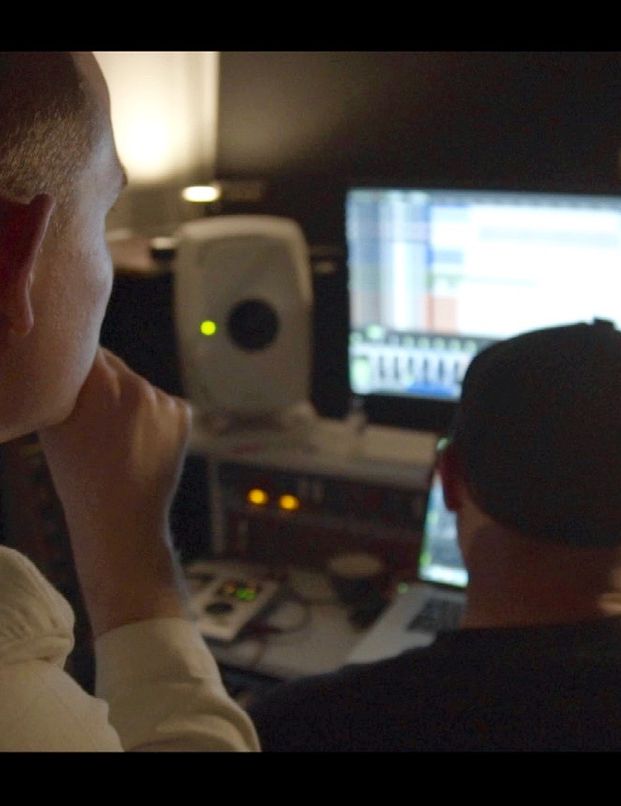The challenge: write, record, and mix a song from scratch in one day. The players: The Violet Collective. The venues: Numen Studios, Shepperton; and The HUB, St. Albans. The biggest obstacle: the bloody M25. Headliner dives in...
For most young creatives making music today, options are limitless: endless tracks available in your DAW, multiple plugins at the ready, and everlasting studio time. So often, projects can end up in 100-plus tracks because, well, why not? So we thought why not get a group of young musicians who have never had to deal with those kind of restrictions and pressures, and throw them in at the deep end?
As accomplished as these chosen musicians are, they’re more used to recording their music safe in the knowledge that it’ll inevitably be syncopated, comped, edited, or chopped up to ‘make it right’.
In the time it would take vocalist, Jack, to get from his Richmond home to Numen Studios in Shepperton, he had the unenviable task of writing a main hook and, if possible, all the lyrics – he had some chords in mind, but that was about it. Drummer, Trood, and bassist, Andrew, would be going in cold, listening to something brand new for the very first time.
TWO HOURS AT NUMEN STUDIOS
Numen Studios is a very cool, and very new place – it opened its doors in October 2018, and on arrival, it’s clear a lot of thought has gone into its design and layout: a nice spacious control room, well treated, good monitoring, with a great sounding Yamaha upright, and two soundproofed instrument rooms – one for drums, one for guitars.
Jack doesn’t have his lyrics nailed just yet, but we have a structure, and a great vocal hook, with a rough drum loop to give Trood an idea what kind of groove it might need. A few listen throughs, and he’s in his booth raring to go. We allow just one practice run, then we’re in. As he’s laying down his track (he does it in three takes – impressive) – Andrew has plugged into his mini Vox amp and is playing along to the rough demo through headphones.
When Trood’s happy with what he’s got, he heads into the control room to take a listen – the guys have done a cracking job on the sound of the kit, using exclusively Shure mics, and in some interesting ways – but more on that shortly. First, bass.
There’s a Shure SM81 and DI on the bass amp, and Andrew has an instant groove going – it’s clear these guys play together regularly. There are moments though where I can see he wants to chuck his bass across the room when he’s making the same duff note (we’ve all been there, particularly me), but after a few run throughs, he’s got his take. The guys play with such feel, it’s frightening – and what’s great about this is, they clearly care about their performance – they’re constantly asking the engineers, and Jack, if everything is getting the thumbs-up. They’re a touch stressed, sure, but totally dedicated.


